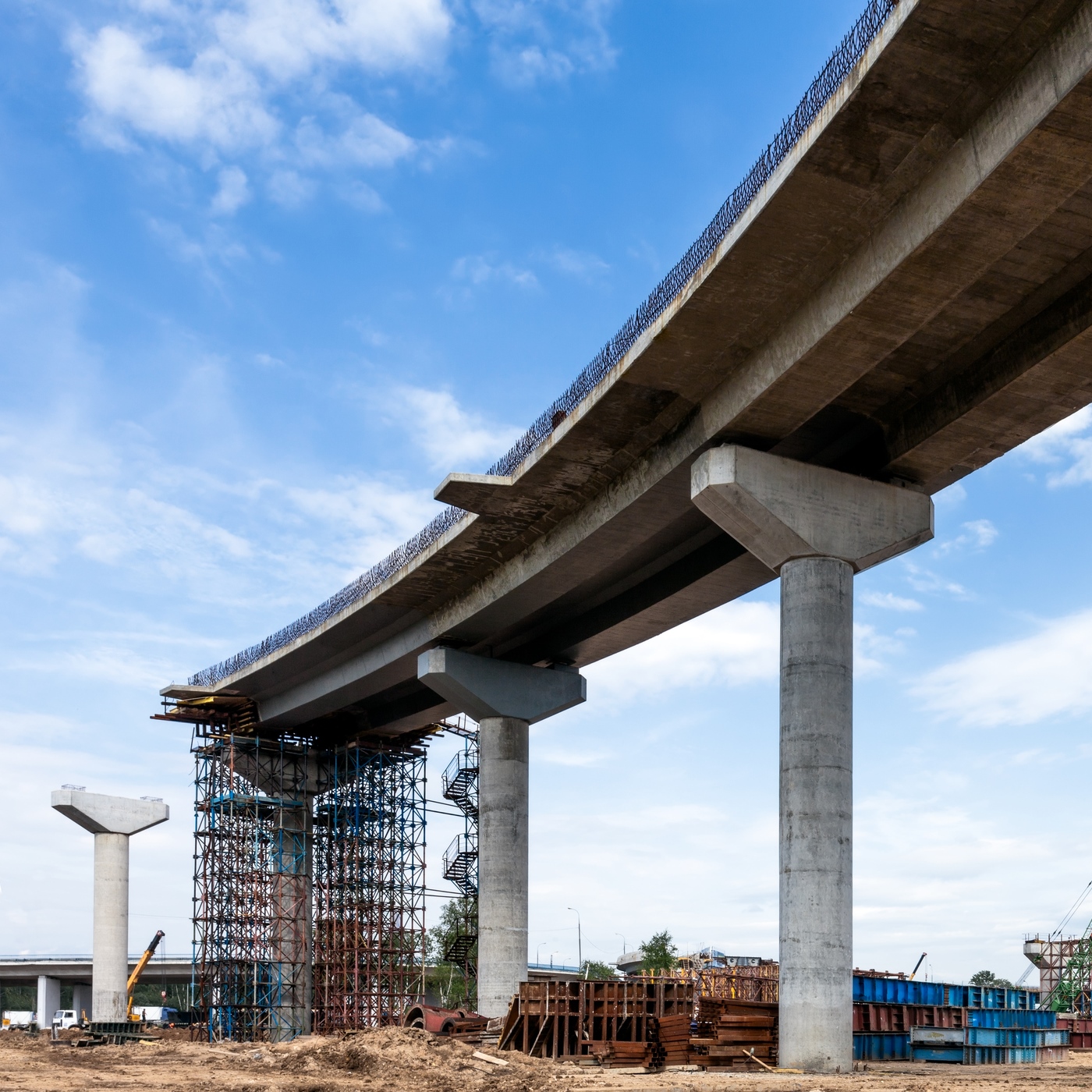Infrastructure
American Infrastructure Needs $808 Billion Upgrade

Published:
Last Updated:

Figures about how much money the U.S. needs to rebuild the infrastructure of its brides, tunnels, roads, and airports differs wildly. In 2013, the American Society of Civil Engineers put the needed investment at $3.6 trillion between when its report was published and 2020. An official federal government report estimates the number is $808.2 billion.
The federal government does not have $808.2 billion handy. The most recent annual budget for the entire government was $3.8 trillion. Even spread over several years, reaching the $808 billion figure would be impossible. The Trump Administration has signaled it would like to invest in projects for upgrades. It would operate as a sort of public works project which would invest money in new jobs and construction spending.
The Department of Transportation figures break down this way in a analysis entitled: GROW AMERICA: Making critical investments in highways and bridges:
The GROW AMERICA Act will provide a larger, more reliable funding stream for highways and bridges, recognizing the essential role that such infrastructure plays in providing access and linking our communities. The nation’s 4 million miles of public roadways carry approximately 3 trillion vehicle miles of travel each year. As the U.S. population grows, so too does the strain on our existing highway and bridge infrastructure. Highways and bridges face an $808.2 billion backlog of investment needs, including $479.1 billion in critical repair work. And while our nation’s bridges are safe, 11 percent of them are classified as structurally deficient and another 14 percent are not designed for the traffic they currently carry.
The Obama Administration did sign into law legislation to address the problem, but only partially:
The FAST Act authorizes $226.3 billion in budget authority for Federal-aid highway programs over five years (FY 2016 through FY 2020). This includes $225.2 billion in contract authority, starting at $43.1 billion for FY 2016 and growing about two percent each year to $47.1 billion in FY 2020. The Act also authorizes another $1.1 billion (over the five years) that is subject to appropriation.
Administrative Expenses
The FAST Act provides a separate authorization of $453 million for FY 2016, increasing about two percent each year to $480.8 million for FY 2020, for FHWA administrative expenses associated with the Federal-aid highway program and Appalachian Regional Commission administration of the Appalachian Development Highway System (ADHS). Of this amount, $24 million is designated for other purposes each year, as follows:On-the-job training supportive services ($10 million annually)
Disadvantaged Business Enterprise (DBE) supportive services ($10 million annually)
Highway use tax evasion projects ($4 million annually)
It is a start, but no where near the $808 billion needed
After two decades of reviewing financial products I haven’t seen anything like this. Credit card companies are at war, handing out free rewards and benefits to win the best customers.
A good cash back card can be worth thousands of dollars a year in free money, not to mention other perks like travel, insurance, and access to fancy lounges.
Our top pick today pays up to 5% cash back, a $200 bonus on top, and $0 annual fee. Click here to apply before they stop offering rewards this generous.
Flywheel Publishing has partnered with CardRatings for our coverage of credit card products. Flywheel Publishing and CardRatings may receive a commission from card issuers.
Thank you for reading! Have some feedback for us?
Contact the 24/7 Wall St. editorial team.